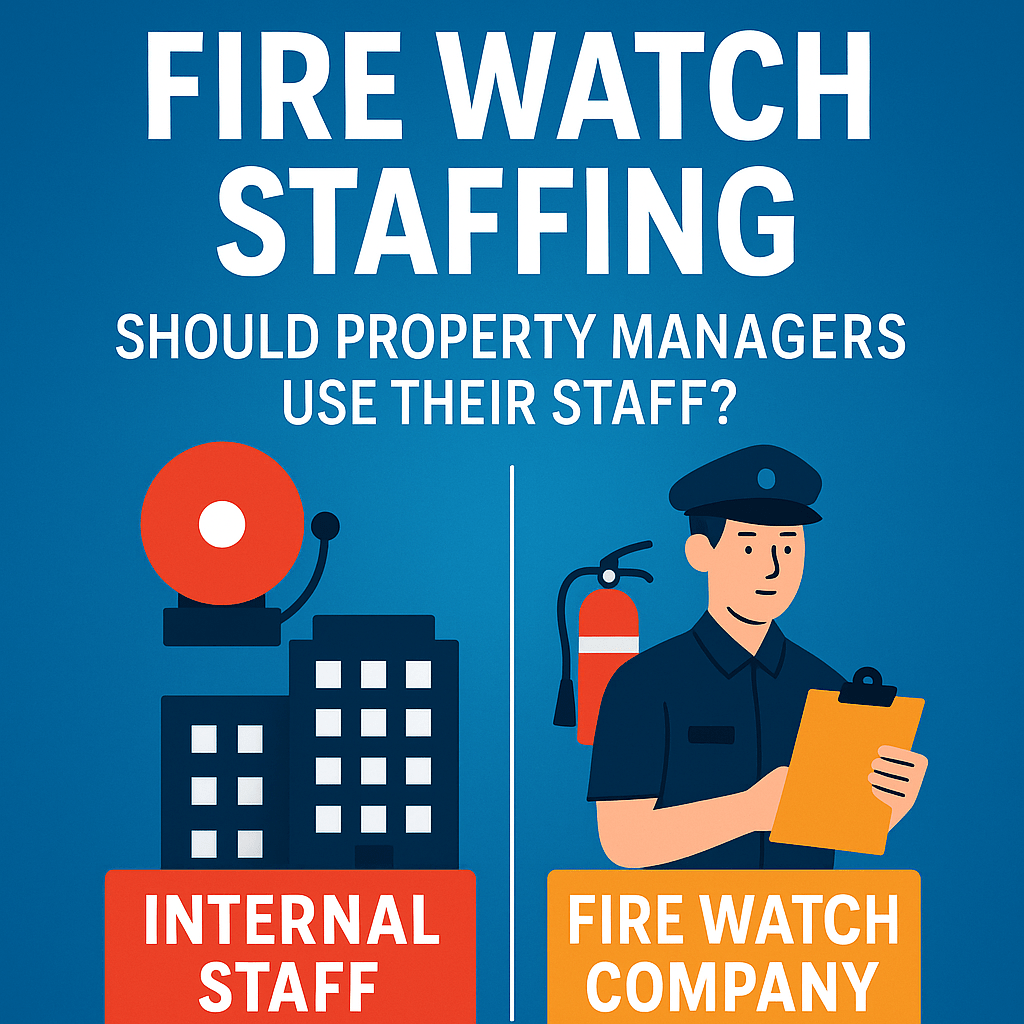How to pick the right residential security lights

The term “Residential security lights” conjures up different images for different people. Some might picture a motion-sensitive dual light mounted high on a garage; others might picture a row of low solar lights lining a walkway, and still, others might think of a simple porch light. None of these images are wrong. There are many different varieties of residential security lights to choose from, and choosing the right one is imperative to protecting your home while also maintaining the look that you want. Proper lighting also helps your onsite security guards be more effective. Security guards need to be able to identify suspects and see everything as they conduct their patrols. There are several factors to consider when choosing security lighting for your home.
Location
The first thing you need to decide is where you need light. Here are some options:
- Driveway or Walkway – Do you have a large yard or long driveway that makes you worry about your safety walking up to the house? Perhaps a gaslight near the edge of the yard or a line of small solar lights on either side of the driveway or walkway would be in order.
- Doors – Porch lights help keep burglars away from doors and make it easier to see who is at your door at night, either through a peephole or a camera.
- Windows – If there are windows that are in complete darkness, a motion-sensing light would be a good solution for these.
- Garage – If you have an attached garage, entry into the garage basically gives a thief entry into your home, and garage doors are usually not as secure as regular doors. The light outside the garage door, probably a high and powerful one, is probably a good idea.
Another thing to keep in mind in terms of placements is that the higher a light is, the more area it will illuminate, but it will also be more visible and potentially unattractive. Finally, remember that when you’re putting a light in an area that is exposed to the elements, you have to be sure that it is rated for outdoor use, designated as Weatherproof (WP) or Weather Resistant (WR).
Appearance – If you didn’t care about the look of your home or neighborhood, installing security lighting would be easy. You could put in big racks of lights and maybe a mobile spot that would make your home resemble a prison yard during a break-in. The reality, of course, is that appearance matters. A gas lamp or some tasteful solar lighting along the path to the house can actually improve the appearance of your home, and even the most powerful porch light can be made to look natural and even pleasant. Still, you need to choose the lights that will look good with your house and decor.
Brightness – Brightness is often expressed in lumens, which rate the intensity and strength of light. Halogen, LED and fluorescent bulbs (including compact fluorescent bulbs, or CFC’s) often provide more brightness and energy efficiency, but the fluorescent bulbs mat not work with dimmers or photocells, so you have to look at the function before settling on a type of bulb. The level of brightness you need really depends on location, because the light has to be bright enough to illuminate the area where it is installed. Here are some basic recommendations:
- Paths: 100 to 200 lumens
- Floodlights: 700 to 1300 lumens
- Motion-activated lights: 300 to 700 lumens
- Wall lights: 50 to 185 lumens
Function
In the interest of saving electricity, it’s probably not a good idea to have residential security lights on 24/7, except perhaps in the rare instance that you have an area around your home that never sees the sun. More likely though, you will want lights on a timer, a switch, or a motion detector.
- Switch – A switch is the simplest solution–just like any other light switch in your home, you turn the lights on when you want them and off when you don’t, but this also introduces the chance of human error.
- Timers – This option allows you to keep your lights on at night and off during the day. It can deter intruders and reduce the chance of injury at night by helping you see. The hours can be adjusted with the seasons.
- Motion Sensors – Motion-activated lights turn on when they sense movement, immediately discouraging an intruder and perhaps making them think that they’ve been caught. Since these lights come on relatively infrequently, they tend to be more energy-efficient. They can even be paired with light sensors so they only come on when there is motion at night and they can be fine-tuned so that only something as large as a person will trigger them, making them even more energy efficient.
- Photo Cells – These lights will go on whenever it gets dark, making them rather like timer lights, but without the need to adjust the time for the season.
If you keep these basic factors in mind, you should be able to find the right security lighting for your residence, enhancing the security, safety, and look of your home. Proper lighting also is one of the ways to prevent construction theft . Ask any security company like ours and they will tell you that lighting is the first thing that you should consider when trying to prevent crime.
Expert Security Services You Can Trust
You may also like
Need short term fire watch or security services?
We provide expert fire watch and security guard services for both last-minute needs and planned situatiopns. Whatever the circumstances, we are ready to help.




